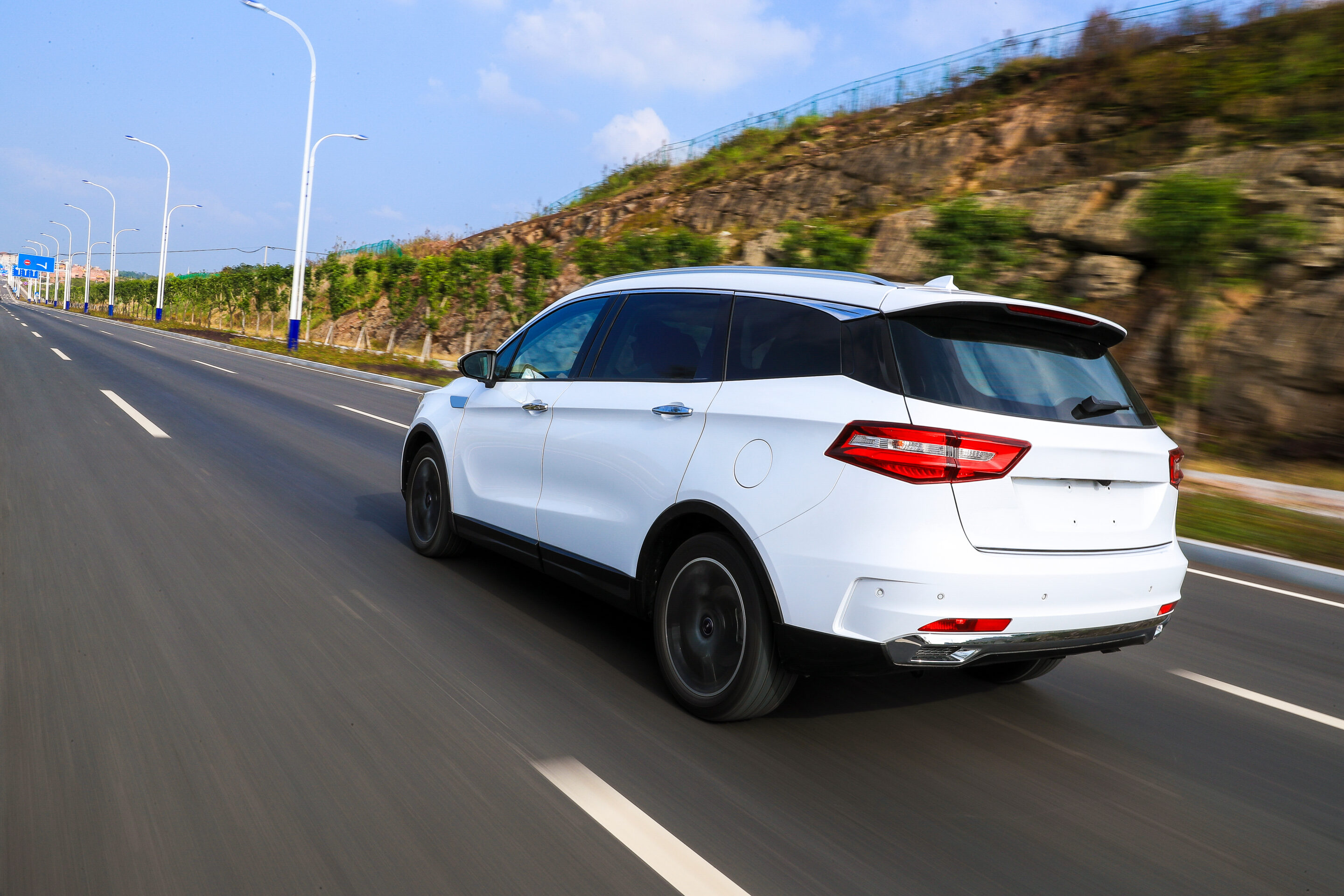Talk to any marketer, and they’ll likely tell you about the importance of customer loyalty. The axiom states that it’s much less expensive to make a sale to a current customer than it is to win a new one.
No question — building customer loyalty is important, and most industry executives and automotive retailers instinctively know that customer loyalty matters. However, when pressed for details about exactly what constitutes a “loyal” customer and how much customer loyalty is worth to the bottom line, most are left scratching their heads.
According to our most recent analysis, winning and losing in the customer loyalty wars can mean staggering sums of revenue and a big slice of market share.
Loyalty by definition
To fully understand the impact of loyal customers, it’s important to understand exactly how we measure loyalty. Here is how we define customer loyalty in the automotive industry at Experian Automotive:
- Garage loyalty measures whether a new vehicle purchase matches a prior new vehicle owned, including vehicles currently in the garage or disposed up to 90 days prior to the new vehicle purchase.
- Disposal loyalty measures whether a new vehicle purchase matches a vehicle disposed of +/-90 days of the new vehicle purchase.
- Corporate loyalty measures whether a new vehicle purchase matches a prior new vehicle owned at the corporate level. This includes all brands under the corporate umbrella, so someone who owns a Chevrolet but trades it in for a new Cadillac is considered “corporate loyal” to General Motors.
- Brand loyalty measures whether a new vehicle purchase matches a prior new vehicle owned at the brand level. So, a Chevrolet owner who purchased a Cadillac is not considered brand-loyal.
Customer loyalty by the numbers
Of course it’s one thing to keep an accurate count of how many of your customers stay loyal. It’s another to quantify what that means in terms of the bottom line. In Q2 2012, Toyota saw a significant year-over-year jump in its loyalty numbers, from 41.55% in Q2 0211 to 47.25% in Q2 2012. This jump gave Toyota an additional 33,503 sales from loyal customers.
What does that mean in terms of actual dollars? If the average vehicle price was $30,000, then these additional sales helped Toyota generate an additional $1.005 billion in revenue. That’s a pretty good incentive for marketing to your current customer base!
Conversely, a sharp drop in customer loyalty can lead to a significant loss of revenue. General Motors had corporate loyalty in Q2 2011 of 47.88%, but it dropped to 46.17% in Q2 2012. This meant General Motors saw purchases from current customers drop by 12,360 units in Q2 2012. That is a potential revenue drop of $370 million.
Measuring brand loyalty is also an important measure of what customers think of specific vehicles. At the brand level, Ford is in a strong leadership position. Ford had four of the top five performers for vehicle loyalty. The Chevrolet Sonic was the top brand for customer loyalty, at 61% followed by the Ford Fusion (59.9%), Ford Flex (55%), Ford Edge (54%) and Ford Five Hundred (52%). The Ford Five Hundred provides an important lesson for any auto marketer that has dropped a vehicle or a brand. Owners of those vehicles or brands that are no longer available still provide fertile ground for cultivating repeat sales.
Finally, market share can be significantly impacted by customer loyalty results. General Motors, which lost 12,360 repeat customers, saw its market share fall by 1.6 percentage points. Toyota, which gained the overall customer loyalty lead, saw its market share jump by 1.3%.
So whatever the measure — total sales, dollar volumes and market share — companies that pay close attention to wooing their current customers likely will have a leg up on the competition. It’s not just a marketing axiom; it’s good business sense.







